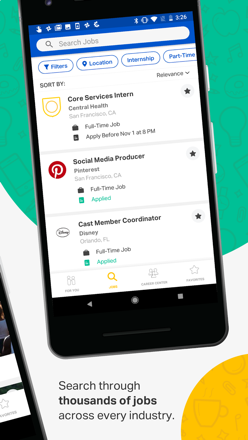

Before WebSocket, port 80 full-duplex communication was attainable using Comet channels however, Comet implementation is nontrivial, and due to the TCP handshake and HTTP header overhead, it is inefficient for small messages. TCP alone deals with streams of bytes with no inherent concept of a message. Īdditionally, WebSocket enables streams of messages on top of TCP. Unlike HTTP, WebSocket provides full-duplex communication. Most browsers support the protocol, including Google Chrome, Firefox, Microsoft Edge, Internet Explorer, Safari and Opera. Similar two-way browser–server communications have been achieved in non-standardized ways using stopgap technologies such as Comet or Adobe Flash Player. The communications are usually done over TCP port number 443 (or 80 in the case of unsecured connections), which is beneficial for environments that block non-web Internet connections using a firewall. In this way, a two-way ongoing conversation can take place between the client and the server. This is made possible by providing a standardized way for the server to send content to the client without being first requested by the client, and allowing messages to be passed back and forth while keeping the connection open.

The WebSocket protocol enables interaction between a web browser (or other client application) and a web server with lower overhead than half-duplex alternatives such as HTTP polling, facilitating real-time data transfer from and to the server.
#HANDSHAKER ANDROID APP UPGRADE#
To achieve compatibility, the WebSocket handshake uses the HTTP Upgrade header to change from the HTTP protocol to the WebSocket protocol. Although they are different, RFC 6455 states that WebSocket "is designed to work over HTTP ports 443 and 80 as well as to support HTTP proxies and intermediaries", thus making it compatible with HTTP. Both protocols are located at layer 7 in the OSI model and depend on TCP at layer 4. The WebSocket protocol was standardized by the IETF as RFC 6455 in 2011, and the WebSocket API in Web IDL is being standardized by the W3C. WebSocket is a computer communications protocol, providing full-duplex communication channels over a single TCP connection. A diagram describing a connection using WebSocket


 0 kommentar(er)
0 kommentar(er)
